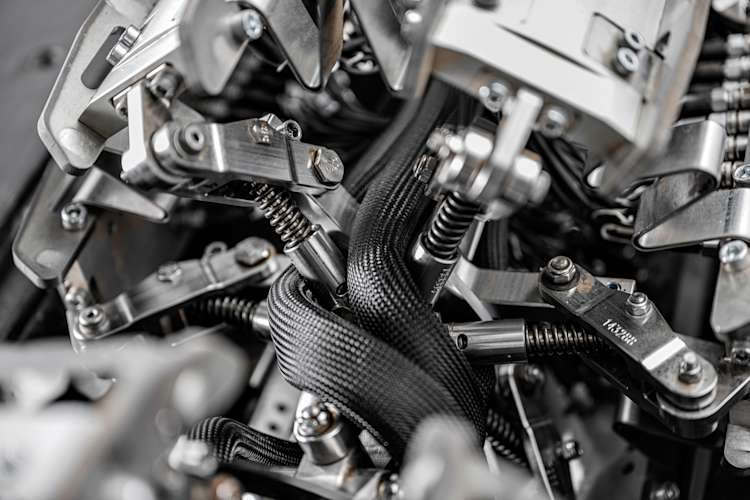When a pipeline is inspected, the recorded data is evaluated either manually or
automatically. Typically, once pipeline features meet the inspectionThe systematic process of visually examining, testing, or monitoring pipeline components to assess their condition, integrity, and compliance with regulatory re… system's
performance specificationA document that clearly defines the required capabilities of an inline inspection (ILI) system to detect, classify, and characterize features. It outlines the d… requirements, a standardized data analysisThe evaluation process of extracting insights, patterns, and valuable information from the data collected during pipeline operations, inspections, or monitoring… is
performed, regardless of the pipeline's condition, such as the degree of
corrosionThe deterioration or degradation of a pipeline caused by chemical or electrochemical reactions with its environment. Corrosion is a significant concern as it ca….
However, challenges arise in inspections that do not align with standard
procedures, where featureGeneral term for an anomaly detected during an assessment. Features can be anomalies, components, nearby metallic objects, welds, appurtenances, or some other i… complexities push the limits of, or even fall below,
the performance specification. What happens if a feature is detected but not
correctly recorded, making data evaluationA comprehensive assessment of various factors related to the performance, condition, and integrity of a pipeline. It aims to determine the pipeline's fitness fo… seem permanently impaired or even
impossible? How do we handle cases where the location of features, such as at
or within girth welds, increases the complexity of analysis? Can we still extract
essential information from these recorded signals?
The answer is yes. Even under challenging conditions, detailed ultrasonic (UTSystems used in non-destructive testing that utilize sound waves to detect, identify, and measure anomalies within a pipeline integrity test or management progr…)
data analysisThe evaluation process of extracting insights, patterns, and valuable information from the data collected during pipeline operations, inspections, or monitoring… can yield highly accurate results. This was demonstrated in a
non-standard 6" project, where the analysis results were validated by field
measurements and are discussed in more detail in this paper.


